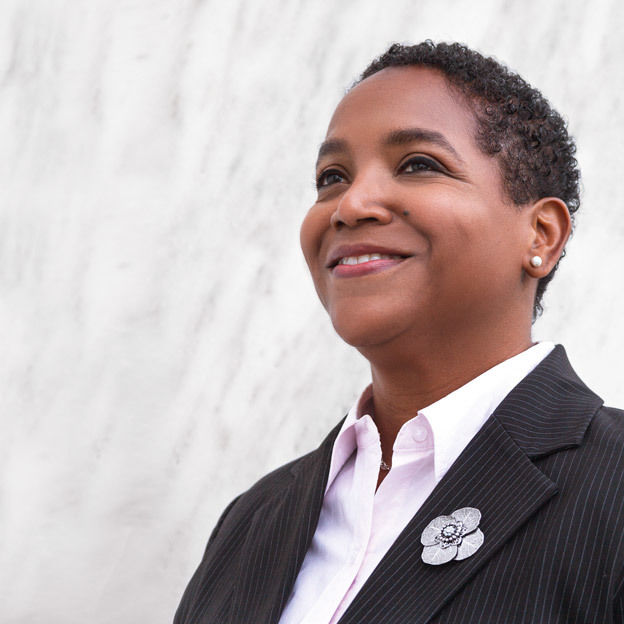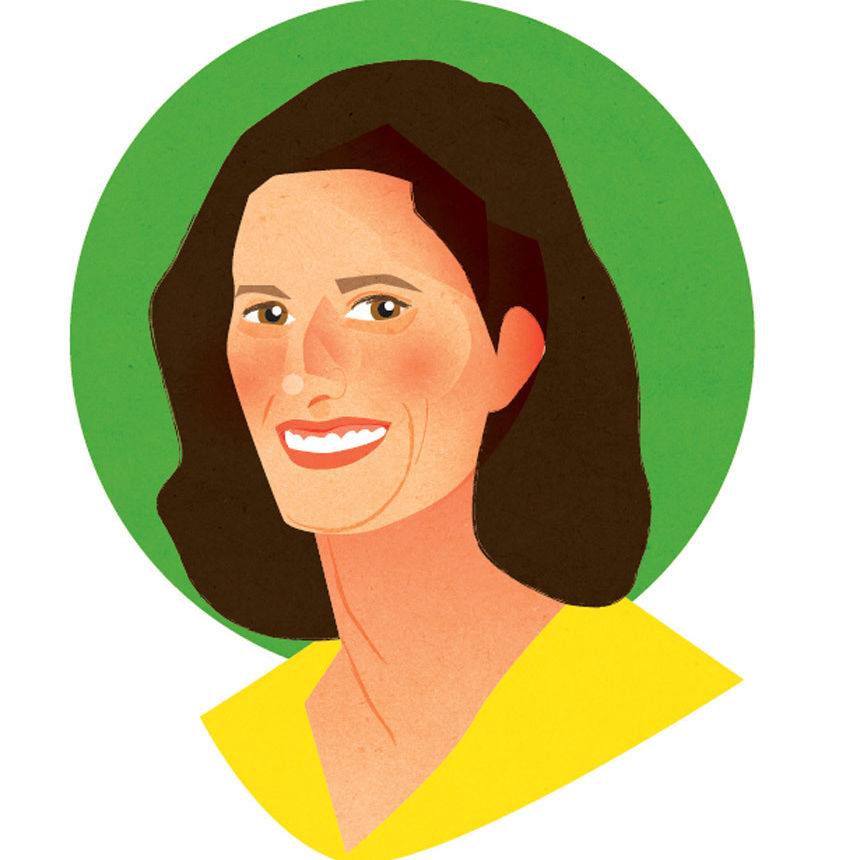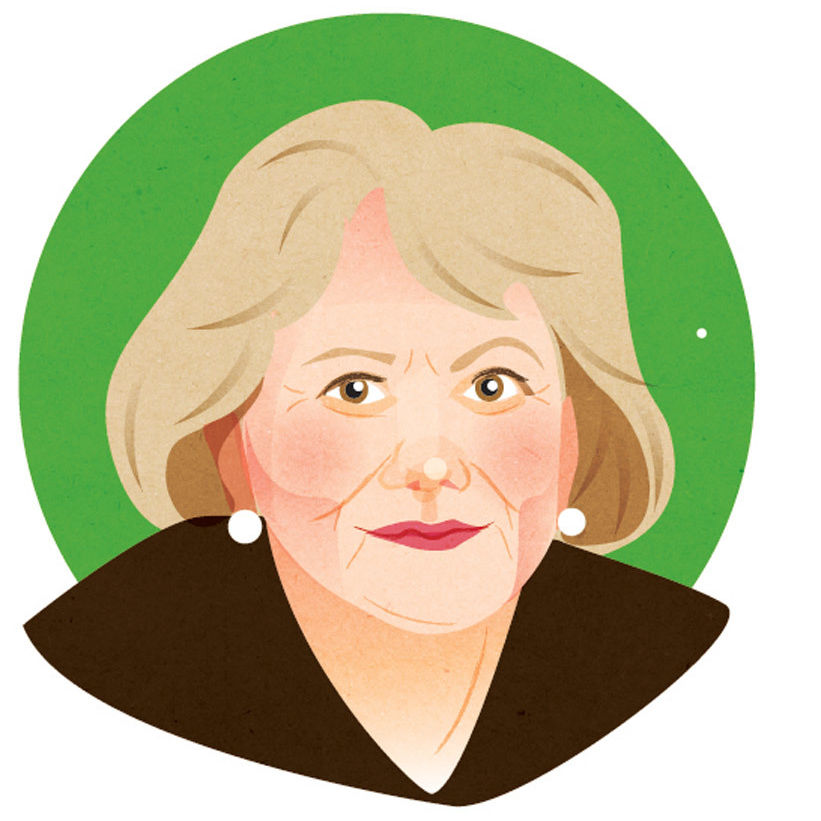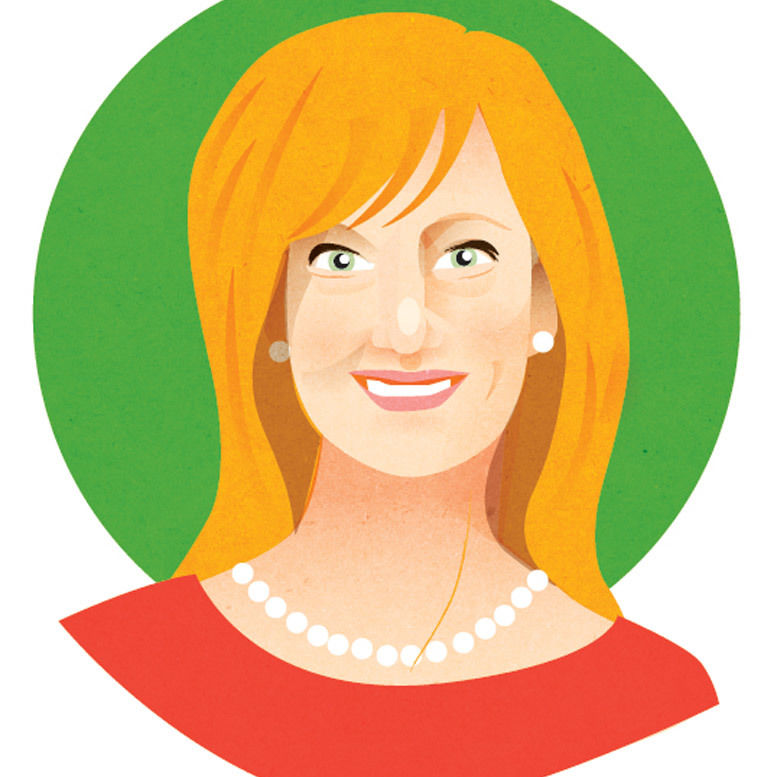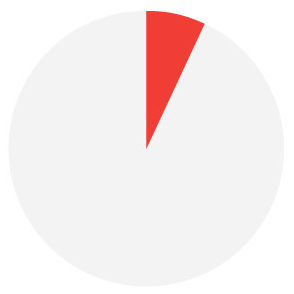The Startling Truth About Pay Inequality in Oregon
Mind the Gap!

**This is a national average for women holding full-time, year-round jobs. This includes Americans across race, age, and occupation.
**This is a state average for women holding full-time, year-round jobs. This includes Oregonians across race, age, and occupation.

**This is a national average for women holding a full-time, year-round job in the health diagnosing and treating practitioners field. Women hold 69.5% of positions in this field. The median income for men in this category is $98,100. The median income for women in this category is $62,600.
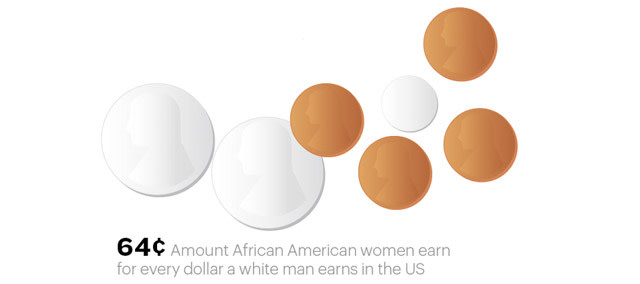
**This is a national average for African American women holding full-time, year-round jobs.

**This is a national average based on men and women with children holding full-time, year-round jobs.

**This is the state average for white men holding full-time, year-round jobs in any occupation.
**This is a state average for white women holding full-time, year-round jobs in any occupation.

**This law prohibits wage discrimination based on gender
**“Pay parity” is defined as equal pay for equal work. If the gap continues to narrow at the current rate, women are projected to finally earn the same money for doing the same job with the same experience as male counterparts in 2056. Narrowing the wage gap between white men and women of color/mothers will take even longer.
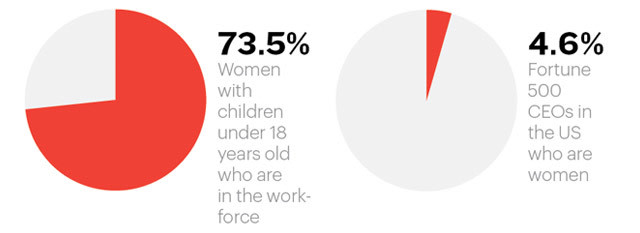
**This percentage represents all Oregon mothers (across marital status, number of children, occupation, age, and race) who work full or part time.
**There are currently 24 female CEOs of Fortune 500 companies—the highest number recorded since Fortune began recording CEO gender in 1998.

**This represents the percentage of unmarried mothers who are the sole breadwinner for their household whose incomes fall below the poverty threshold. The Census Bureau considers income, family size, number of young children, and age of householder to determine poverty level. An example poverty threshold income: $18,769 for a household with two children under 18.
**This is a national estimate. The pay gap between men and women with children is far greater than the gap between men and women without children. Additionally, the gap between women with children and women without children is larger than the gap between childless men and childless women. Sociologists coined the term ‘the motherhood penalty’ to refer to this pay reduction that women experience after having children.
